Laying Out a New Fence and Legal Considerations
Tips for Laying Out a New Fence and Considering Legal Requirements
Before installing a new fence, it's crucial to plan its layout carefully and understand local regulations. As your preferred Jackson Fence Company, we have the expertise to keep you out of trouble and to provide insights the new guys don't know yet. Start by determining the exact boundaries of your property to avoid disputes with neighbors. Consider your fence’s purpose—privacy, security, or aesthetics—and choose a style that complements your property. Additionally, check local zoning laws and HOA rules regarding fence height, style, and placement. You might also need permits for installation, and it's essential to check for any right-of-way issues, especially if your property borders public land or utilities.
Key Points:
- Property Boundaries: Confirm with a survey to avoid encroachments. Before installing a fence, it's vital to establish the exact boundaries of your property. Misplaced fences can lead to disputes with neighbors and might even require costly repositioning. To avoid these issues, hire a professional surveyor to mark the boundaries accurately. It’s also advisable to discuss your plans with your neighbors, particularly if the fence will be on or near the boundary line, to prevent misunderstandings and ensure a smooth installation process.
- To confirm property boundaries before installing a fence, it's essential to hire a licensed land surveyor. They use specialized tools and legal records to accurately determine the edges of your property. This ensures that your fence is placed within your legal boundary, avoiding disputes with neighbors.
Repercussions of Not Finding Boundaries:
- Encroachments: Misplaced fences can encroach on neighbors' land. Encroachments occur when a structure, such as a fence, extends beyond the property line and into a neighboring property. This can lead to disputes between property owners and, if unresolved, may require costly legal action or relocation of the structure.
- Legal Issues: This could lead to disputes, fines, or being forced to move the fence, resulting in extra costs.
Examples of Legal Issues from Encroachments:
- Trespassing Claims: Neighbors may file lawsuits claiming your fence or building is illegally on their land.
- Property Devaluation: Encroachments can reduce property value, affecting sales.
- Adverse Possession: If an encroachment goes unchallenged for long enough, the neighbor may claim ownership of the encroached land.
- Zoning Laws & HOA Rules: Check for restrictions on height, style, and placement. Local zoning laws and homeowner association (HOA) rules often regulate the height, style, and placement of fences. For example, some communities restrict fence heights to maintain aesthetic uniformity or to ensure visibility for drivers. Ignoring these regulations can result in fines or the need to alter or remove your fence. Before installation, research the specific requirements in your area, and if you’re part of an HOA, submit your plans for approval to avoid any issues.
- To find zoning laws, visit your local city or county’s planning or zoning department website. These sites often have maps, zoning ordinances, and contact information for further inquiries. You can also call your local government office for guidance.
- For HOA rules, contact your Homeowners Association directly or visit their website. If you don’t have the HOA’s details, your county records office can help locate the governing body for your neighborhood. Reviewing your property’s deed may also reference applicable HOA regulations.
- Permits and Right-of-Way: Ensure compliance with local regulations to avoid penalties. Depending on your location, you might need a permit before installing a fence, especially for taller or more complex designs. In some cases, you may also need to account for right-of-way or easements, which are portions of your property that others (such as utility companies) have the right to access. Failing to obtain the necessary permits or ignoring right-of-way considerations can lead to legal problems and potential fines. It’s best to consult with local authorities or a licensed contractor who can guide you through the permitting process.
There are a few ways to find permits and right-of-way requirements for your area. Local Government Website: Visit your city or county’s planning or building department website, which typically provides information on required permits for fence installation and right-of-way laws. Permit Office: Call or visit your local permit office to inquire about specific requirements for your property. State Department of Transportation (DOT): For right-of-way regulations, check with your state’s DOT or local planning office, as they manage public roads and utility access.

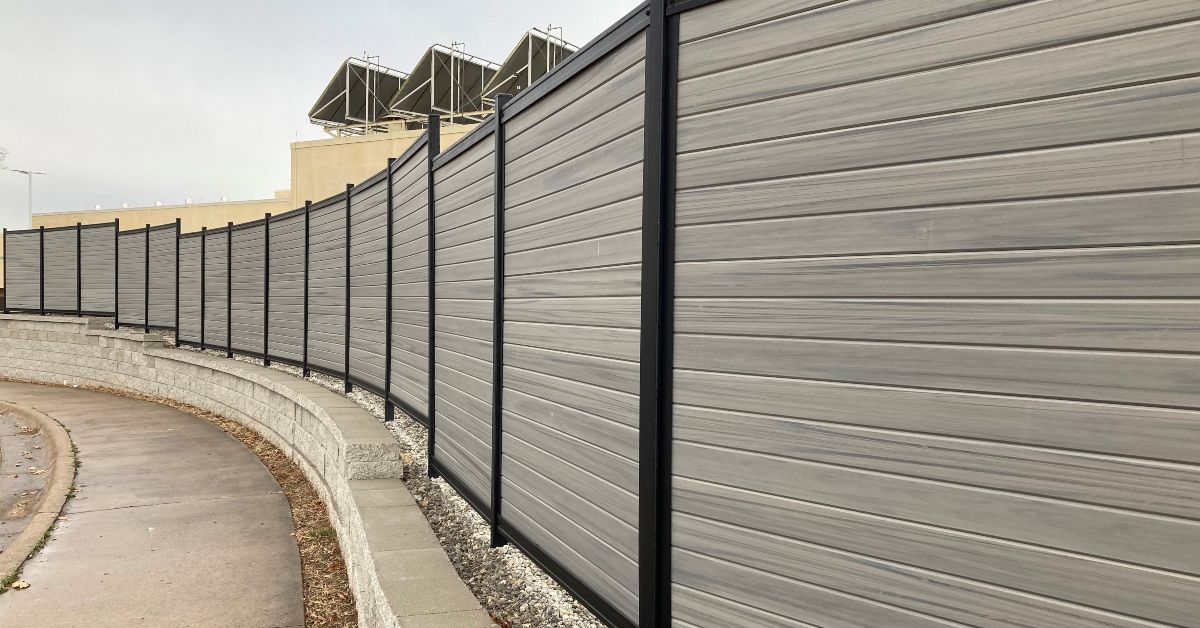

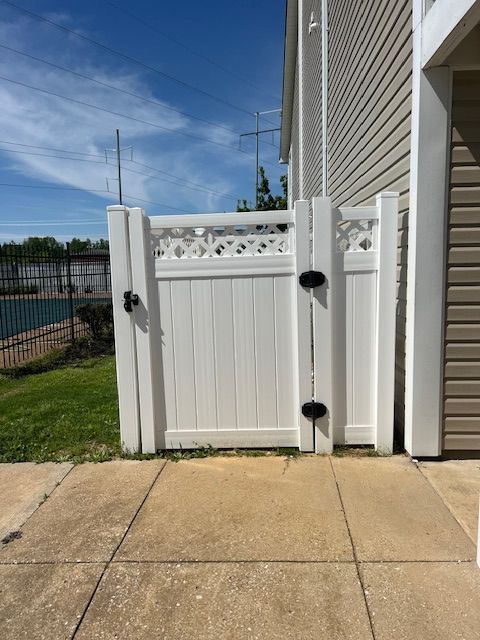
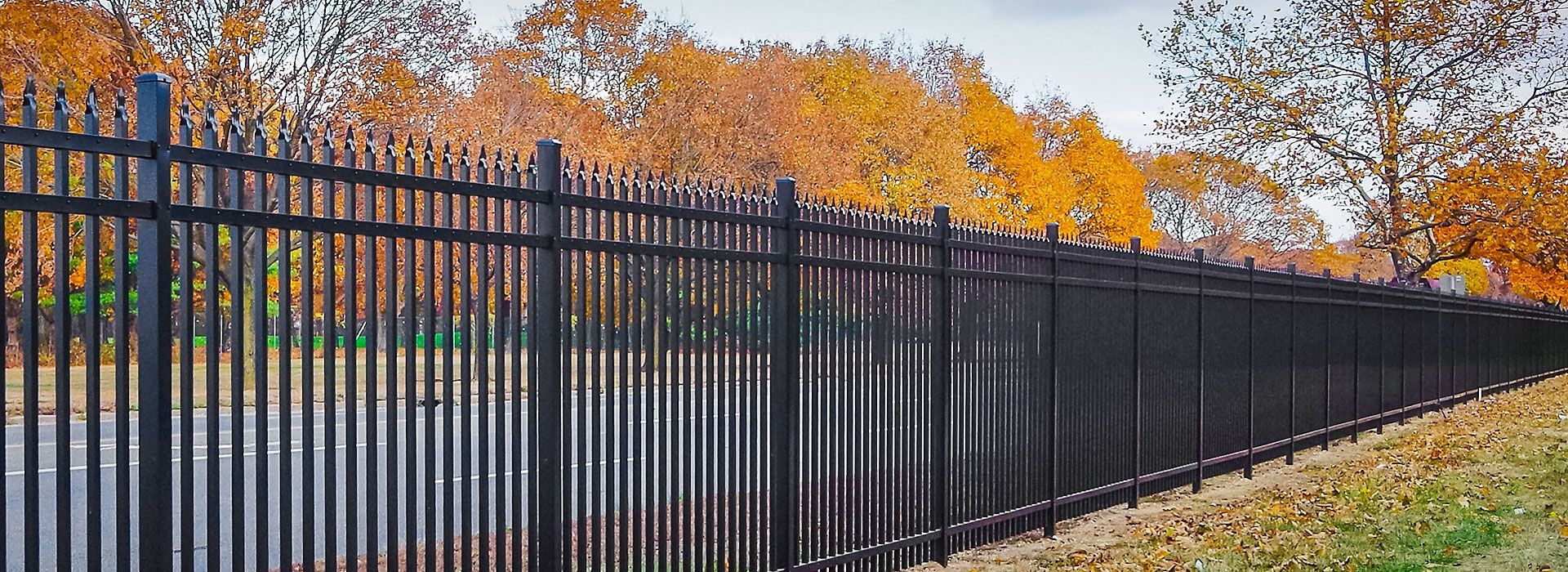
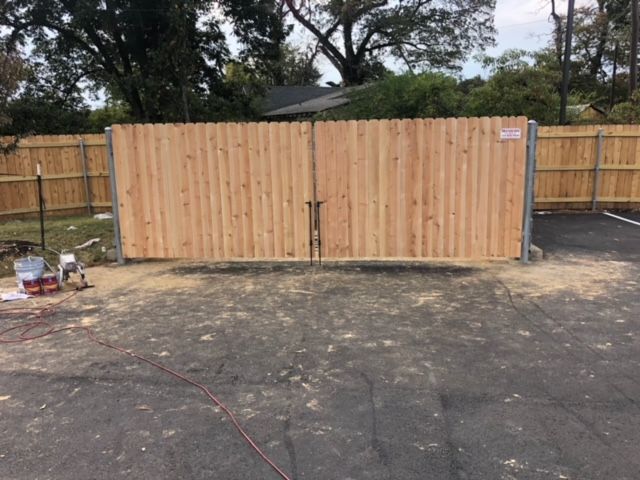
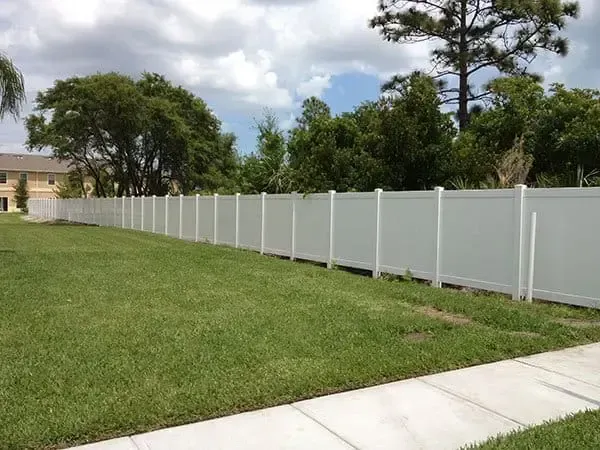
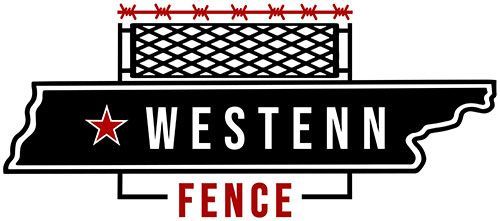

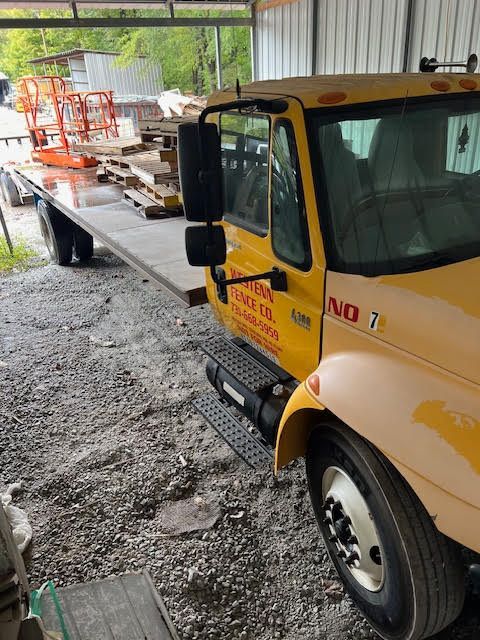
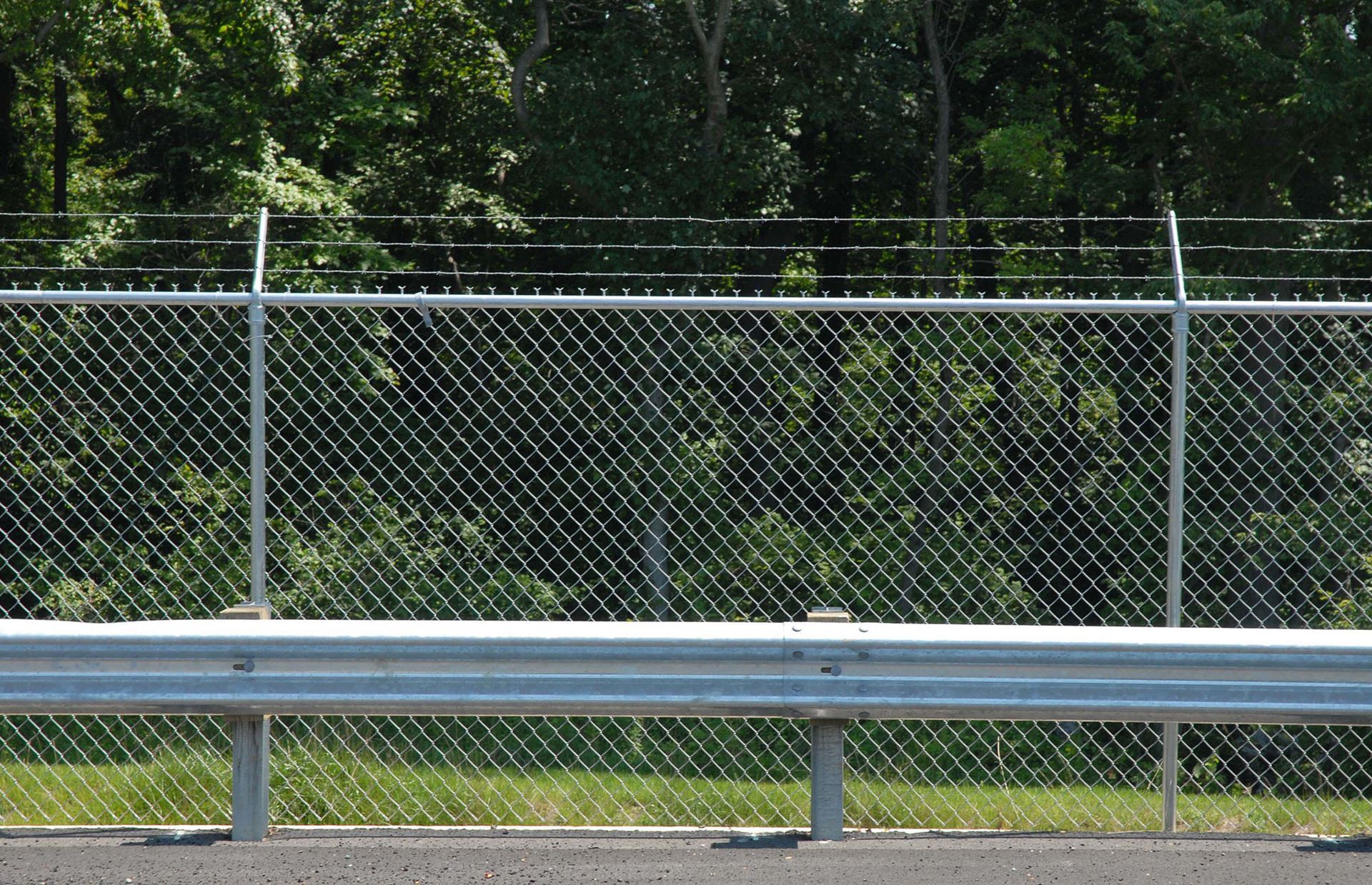
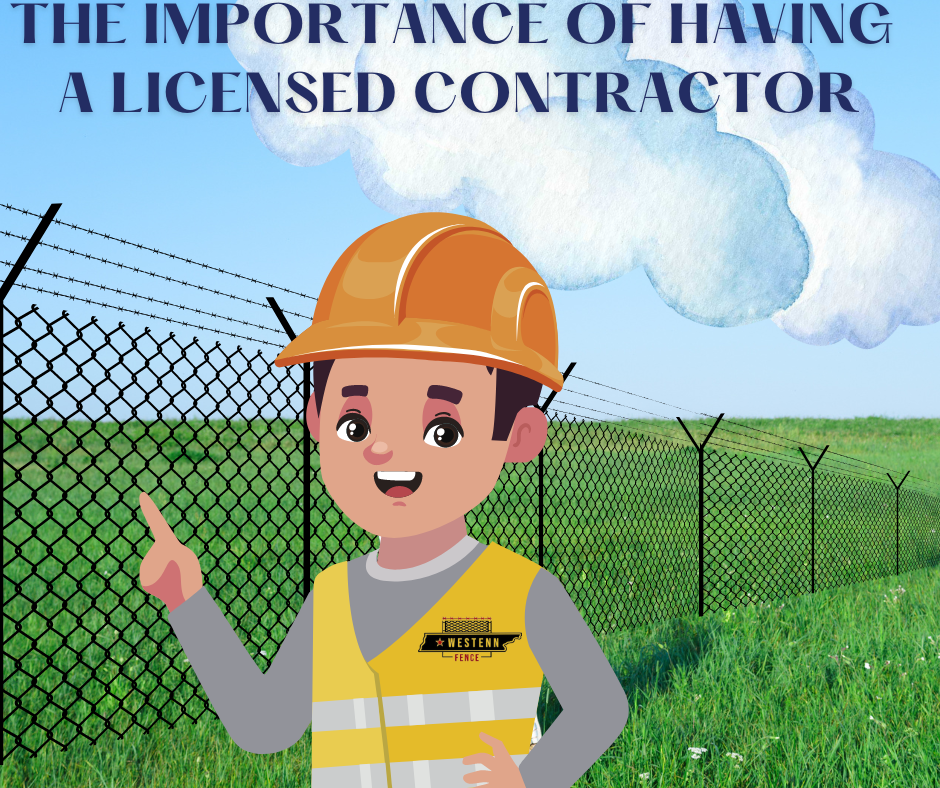
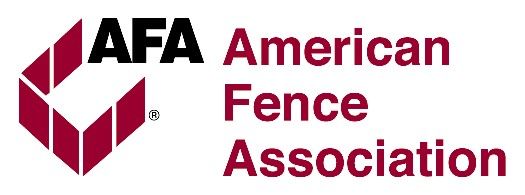

Share On: